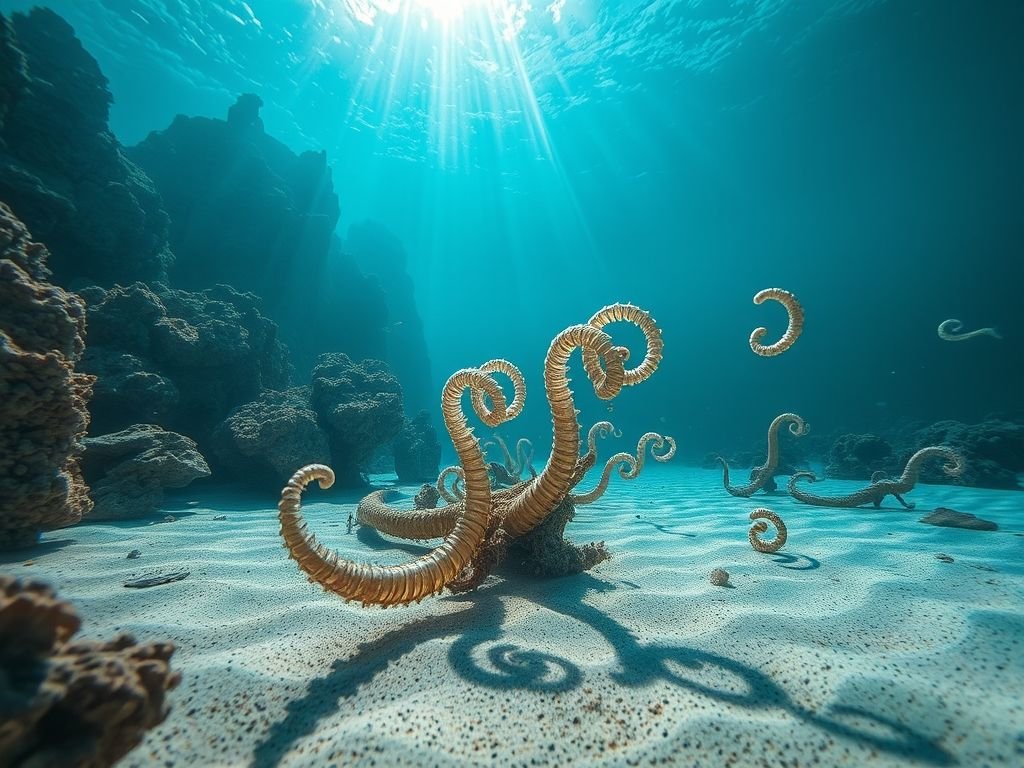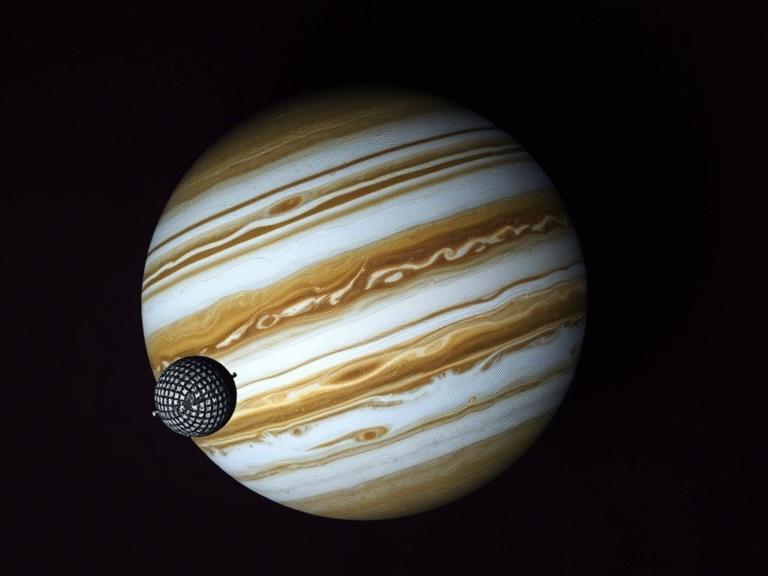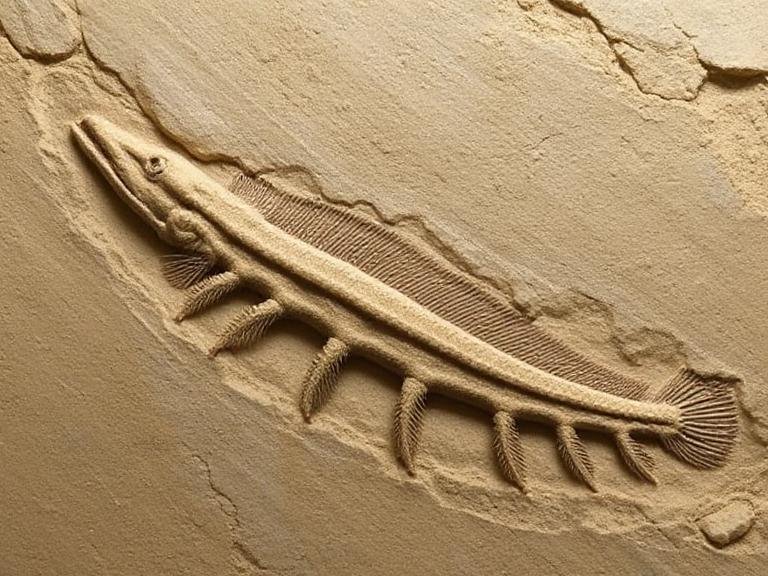
Prehistoric Ocean Dwellers: Bone-Eating Worms Have Existed Since Dinosaur Era
While most worms content themselves with decomposing leaves, some species have evolved a far more unusual diet: bones. New research has now tracked the evolutionary history of these bone-consuming creatures back through an astonishing 100 million years.
Deep Ocean Bone Hunters
In the dark depths of the ocean, bone-eating worms belonging to the genus Osedax make their living by consuming whale carcasses, extracting fats and proteins from skeletal remains. As it turns out, they’ve been practicing this specialized feeding behavior for an incredibly long time.
Fossil Evidence Reveals Ancient Origins
By examining fossils for signs of bone-consuming activity, researchers from University College London (UCL) and the Natural History Museum in the UK have identified seven new worm types from the Cretaceous period.
During this ancient era, whales weren’t part of the marine ecosystem, but evidence of these worms’ feeding activities was found in fossils of mosasaurs, ichthyosaurs, and plesiosaurs – the dominant marine reptiles of that time, now displayed in museum collections.
Scientific Insights
“We haven’t found anything else that creates similar burrows to these animals,” explains paleontologist Sarah Jamison-Todd from UCL. “Since the ancient borings are so similar to modern Osedax species, and we don’t have body fossils to contradict us, we assume they were made by the same or a similar organism.”
“This demonstrates that bone-eating worms belong to a lineage that extends back at least to the Cretaceous, and possibly even further. We can observe how the diversity of bone-eating worms has changed across millions of years.”
Advanced Research Techniques
The research team created 3D models of 130 fossils using computed tomography (CT) scans, allowing them to examine the specimens without causing damage. Six of these fossils showed evidence of burrowing activity.
New Species Discoveries
This analysis led to the identification of seven new ichnospecies – species classified based on trace evidence in fossils rather than direct remains of the creatures themselves. Some of the boring patterns matched those of modern species, indicating remarkable evolutionary stability across tens of millions of years.
Precise Dating Methods
Researchers used microscopic fragments surrounding the fossils to accurately date both the bones and the worms that tunneled through them. This analysis placed them at least 100 million years ago, meaning these creatures evolved much earlier than previously believed.
“By using the remains of small organisms that make up the chalk itself, we were able to date the fossils to more precise time periods within the Cretaceous,” notes Marc Jones, paleontologist at the Natural History Museum.
Future Research Opportunities
The researchers suggest many more discoveries await, potentially through additional scans of ancient fossils and studies of modern species currently living in the oceans.
Further genetic work on today’s organisms could provide more insights into the evolutionary history of these tiny creatures, though researchers will need to collect additional samples and data first.
Ongoing Mysteries
“There are many more examples of boring that haven’t yet been named from both ancient and modern bone-eating worms,” says Jamison-Todd. “In fact, some borings from the Cretaceous appear to be similar to ones that are still made today.”
“Determining whether these burrows are made by the same species, or represent convergent evolution, will give us a much better understanding of how these animals have evolved and how they have shaped marine ecosystems over millions of years.”
Research Publication
The study has been published in PLOS ONE.





